How to Write a Song
Pop Song Structure
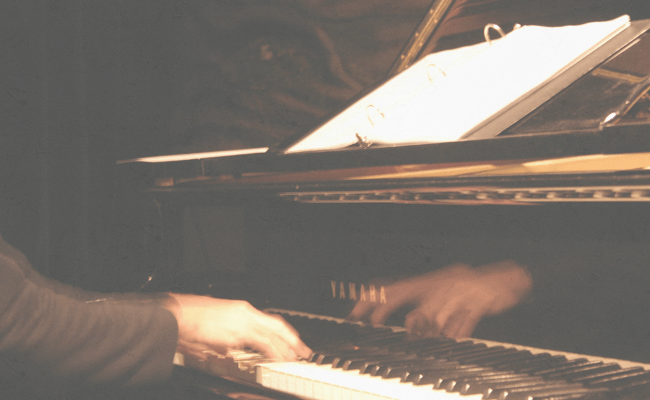
At a given point in every song writing process you have to start thinking about the song structure. Most of the time, we decide on how our song structure should look like intuitively. In many cases our intuition is based on the thousand and thousand of pop song we have heard over our entire lifetime. Pop song structure is like a silent contract between all artists. We are used to hear a brief intro, the verse then chorus and so on.
The moment we start to analyse the structure of our own songs and the songs of others we find many similarities. Of course every song is different. Two more bars here and one les there and you have a unique song structure but conceptually they are still pretty similar.
Once we analysed a couple of songs and differentiated between different sections we build the knowledge to consciously choose our song structure. The advantage of that is that you can
-
either analyse the structure of your favourite pop song and use it for your own songs
-
or break the conventions of pop song structures to the point that the listener is surprised but not shocked.
Of course you could also combine both.
Pop song sections you need to know about
In the first part Pat describes how lyric rhythm and melodic rhythm should match in order to convey the lyrical idea the best. I quote Pat Pattison, “If you can’t say it like that, you can’t sing it like that”.
Part 2 - Stressed Notes
Before you can start to analyse your favourite song I would suggest you get to know words for the basic structural elements. Here is a brief list of the most important sections of a typical pop song:
Intro: Intro is the beginning of each song. It introduces the song and gives important information about what to come. In most cases you know the key signature, tempo, meter, style and parts of the instrumentation after listening to the intro. In pop songs the Intro should also have a unique sound or riff to make the song recognizable from start on. Just think of the song Smells Like Teen Spirit by Nirvana and you know what I mean. Some songs leave out the intro completely and begin with the verse directly.
Verse: The verse is the section where the story is told. In the average pop song you know when and where the story of the song plays and what characters participate after listening to the verse. Verse melodies aren’t to catchy and the energy level isn’t to high to leave enough room for the chorus to shine.
Pre-Chorus: The Pre-chorus belongs to the chorus. It can introduce it, make a transition to it from another section, build up tension and more.
Chorus: If every section of a song would be an act at a concert the chorus would be the act everyone came for. It should be the reason why you write this particular song. Lyrically, it contains the most important information. Verse, pre-chorus and every other part just exist to serve the chorus. I exaggerate a bit here but I try to make a point. You recognize the chorus by catchy melodies, a high energy level and story wise by the expression of emotions rather than telling a story.
Interlude: Interlude is a short section that is often placed between chorus and verse to give some room to breath and let the chorus sink in. Most of the time it is instrumental
Middle Eight: The middle eight is normally placed at 2/3 of the song, which is for most pop songs right after the second chorus. It is made of different material than verse and chorus. In that way it makes the chorus interesting again after it has been repeated two or more times. It is like a short step to the side just to step back and enjoy your normal track again.
Bridge: People don’t really agree with each other on what concept belongs to the term “bridge”. Some use it as a synonym for middle eight. In that sense it is a section that contrasts the verse and the chorus in material. Others call the bridge a section that bridges between two sections that don’t fit together directly.
Solo: The solo is an instrumental section where one or more instruments take over the melody. It can have different functions within a pop song structure. It gives time breath, built up tension again, express the main point in an instrumental way or whatever you like it be.
Break: Break is a section with a lower energy level. Leaving out one or more instruments can make a break. It can also function to build up tension or to let other sections have a bigger impact as they fall in.
Outro: The outro can be everything as long at it is the end of the song. Sometimes it has the same material as the intro, sometimes the chorus just fades out or even new material is introduced. No matter what, it is placed the end of your song.
All the upper concepts are just generalizations. You can use them to structure your song. Often, sections are difficult to generalize as they have features of more than one section. Nevertheless, it is still useful to think in this terms even if it is vague.
Analyse pop song structures
The most typical pop song structures looks something like this:
(Intro) (Verse) (Chorus) (Verse) (Chorus) (Middle eight) (Chorus) (Chorus) (Outro)
Where every section could have a different count of bars. For example an 8 bar verse, 4 bar chorus 8 bar middle eight and so on.
Lets have a look at some famous pop song and analyse their structure.
Imagine by John Lennon
Song structure: (Intro) (Verse) (Verse) (Chorus) (Verse) (Chorus)
You could also split the 12 bar verse intro 8 bar verse and 4 bar pre-chorus.
Then it would look like this: (Intro) (Verse) (Pre-chorus) (Verse) (Pre-chorus) (Chorus) (Verse) (Pre-chorus)(Chorus)
Everything by Michael Bublé
Song structure: (Intro) (Verse1) (Verse2) (Chorus) (Interlude) (Verse1) (Verse2) (Chorus) (Solo) (Middle eight) (Chorus) (Outro)
Exercise: Analyse a couple of your favorite songs and write down their song structure. Also try, once or twice, to write down exactly how many bars each section has. Soon, you get a better feeling for and knowledge of pop song structure. Now you can use your intuition more effectively or you consciously play with expectations of people.

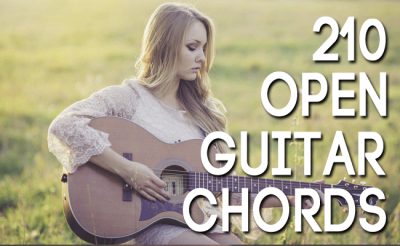
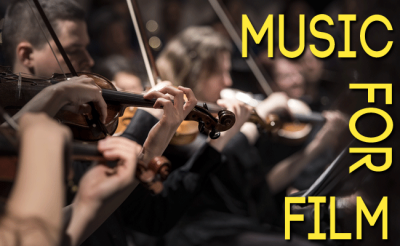
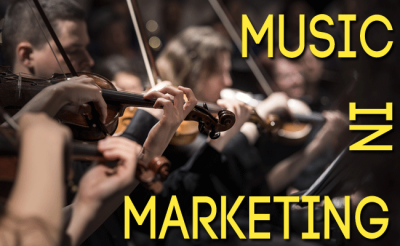
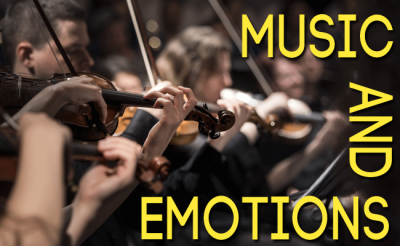
Thanx 4 your effort in trying to help guys like myself to get better at music creation,keep it up.
Thanks for the kind words.
us as homosapiens enjoy music quite a lot but this written article constructed by other homosapiens has me quite interested in the planet of music creation. I find this form of music half enjoyable as the sound waves that go into my hearing devices also known as ears which are sent to my brain don’t find this very stimulating. all in all this type isn’t very great as it seems to appeal to younger audiences but that is not me.